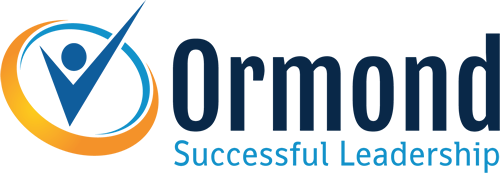Back to: High Impact Leadership
The Purpose and Practice of Leadership
Recognising Strong Leadership
The purpose of this lesson is to:
- Stimulate discussion and reflection on how strong leadership shows up in organisations and teams
- Appreciate the impact of a leader’s approach on performance of individuals, teams and the organisation
- Capture behaviours to hold self and colleagues accountable to
- Ask the question – How can I help my team/people be the best they can be?
The questions and prompts below are to challenge your thinking and offer areas to reflect on as you go about your role, prepare for and participate in this module.
Be curious about the impact of different styles and behaviours on people
Identify how and where you need to flex your style as required and in the moment
Define leadership in your organisation and where it needs to flex based on changing needs
What gaps exist?
What struck you and now what?
Please read and reflect on the article. In class we will have open dialogue to further explore and gain insights into what leadership is and how it does and does not show up. Use the following questions as a guide to stimulate your thinking and reflection.
What leadership styles do you relate to? For example, which ones are most natural to you? Which ones are you most comfortable with? What is your go to style?
Which leadership styles are common in your organisation? What is the impact of these styles? When and where do they work and not work?
What leadership qualities and behaviours may act as a continuous moderating factor on individual and team performance?
Below is an video with Daniel Goleman discussing Resonate Leadership Styles.
How well do you practice Resonate Leadership?
How can you further develop Resonate Leadership?
What support do you need and how can you support your colleagues on this course?
Gallop asked the following question of more than 10,000 followers – “Tell us, in your own words, the most influential leader in your life” (Strengths based Leadership, Don Clifton, from Gallop). From all of the responses there were three key findings:
- The most effective leaders are always investing in strengths
- The most effective leaders surround themselves with the right people and then maximise their team
- The most effective leaders understand their followers’ needs
Leadership is not something you do to people. It’s something you do with people. Ken Blanchard
Blanchard says that Servant Leadership is a mindset and you have a skillset to implement it. He says there are 2 parts to the mindset:
- Leadership part: Vision, direction, goals, strategy
- Servant part: You work for your people who work for your customers – so that they can be empowered and love coming to work
See the following article for more.
Traditional Leadership Versus Servant Leadership
Simon Sinek says
Nobody comes to work to be managed; they come to work to be led
Here are some further questions to ponder and be prepared to discuss in class and with your colleagues:
What do your followers really want and need from you?
What does leadership look, feel and sound like in my team?
What does it need to look, feel and sound like in my team?
If each of your direct reports were asked “What’s it like to work for your manager/leader?” what would their response be?
How are you serving your teams and each person?
Leaders are individuals who guide, direct, motivate and inspire others. They are the men and women who influence others in an organisation or community. They command (not demand) others’ attention. They influence others to follow them or pursue goals they define. They create high value teams and get results. According to Ken Blanchard (Servant Leadership in Action) great leaders have a great attitude to both results and people (From Good to Great, Collins). Blanchard explains that the effective leader focuses on where we are going, what we are trying to accomplish, what our values are and what results we are working for. They work with and communicate with their team to support their team in delivering the right results.
Why should anyone be led by you?
